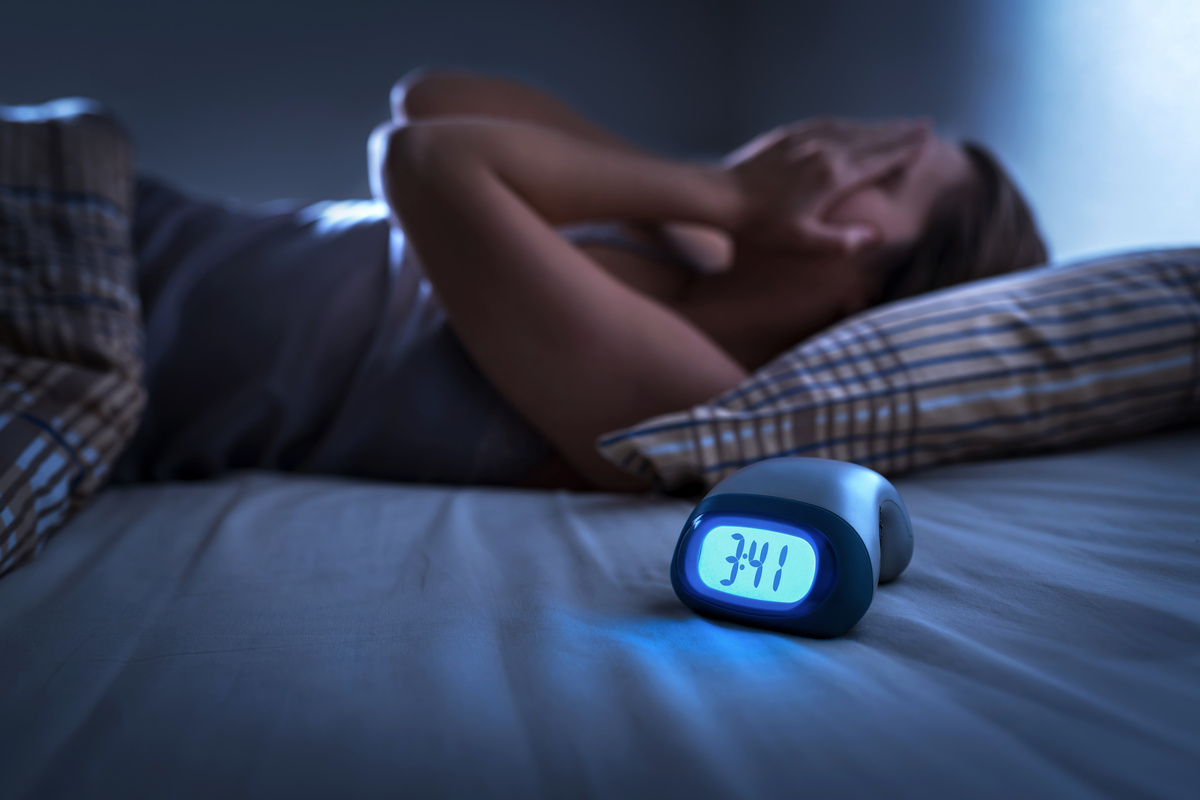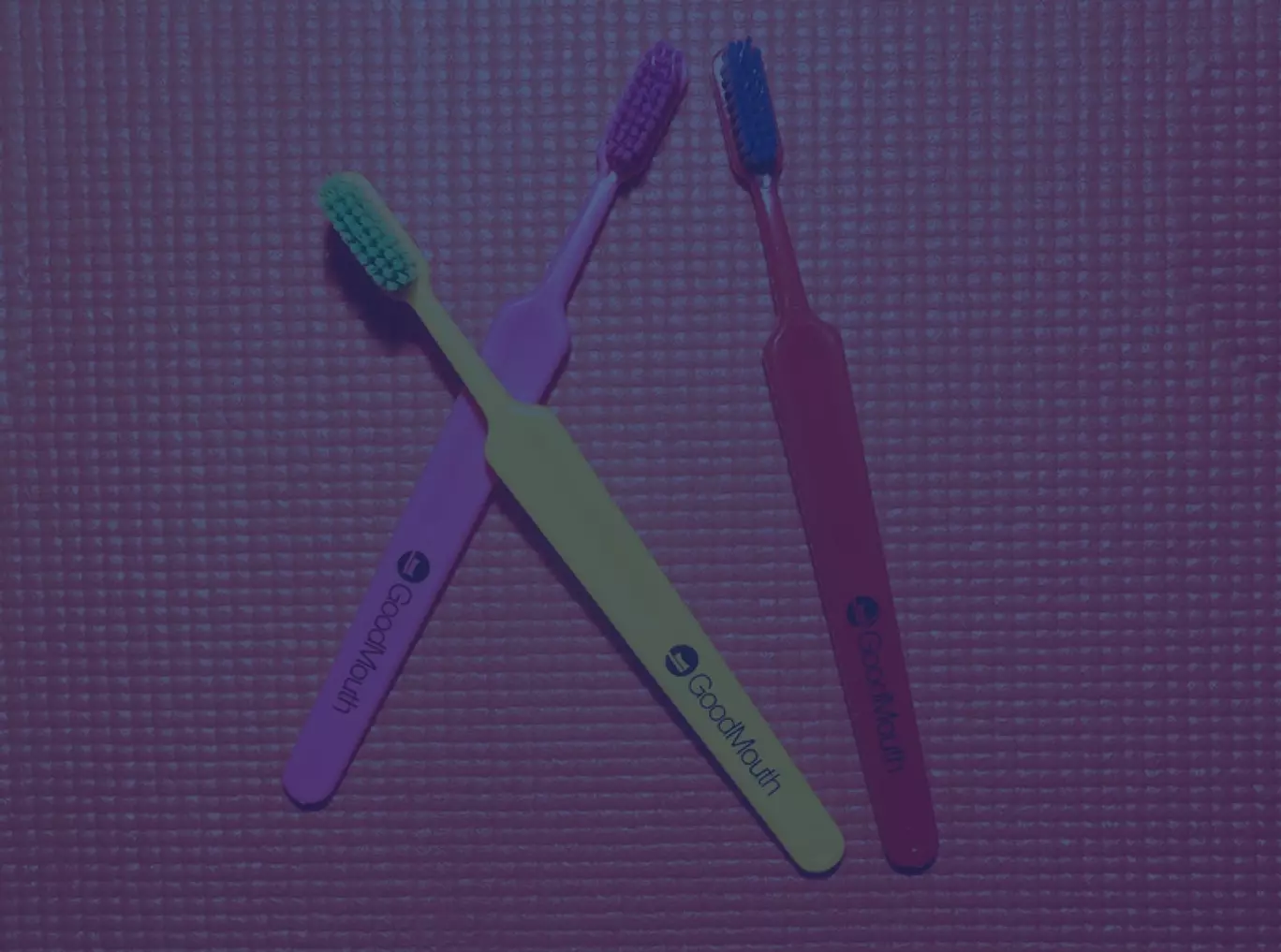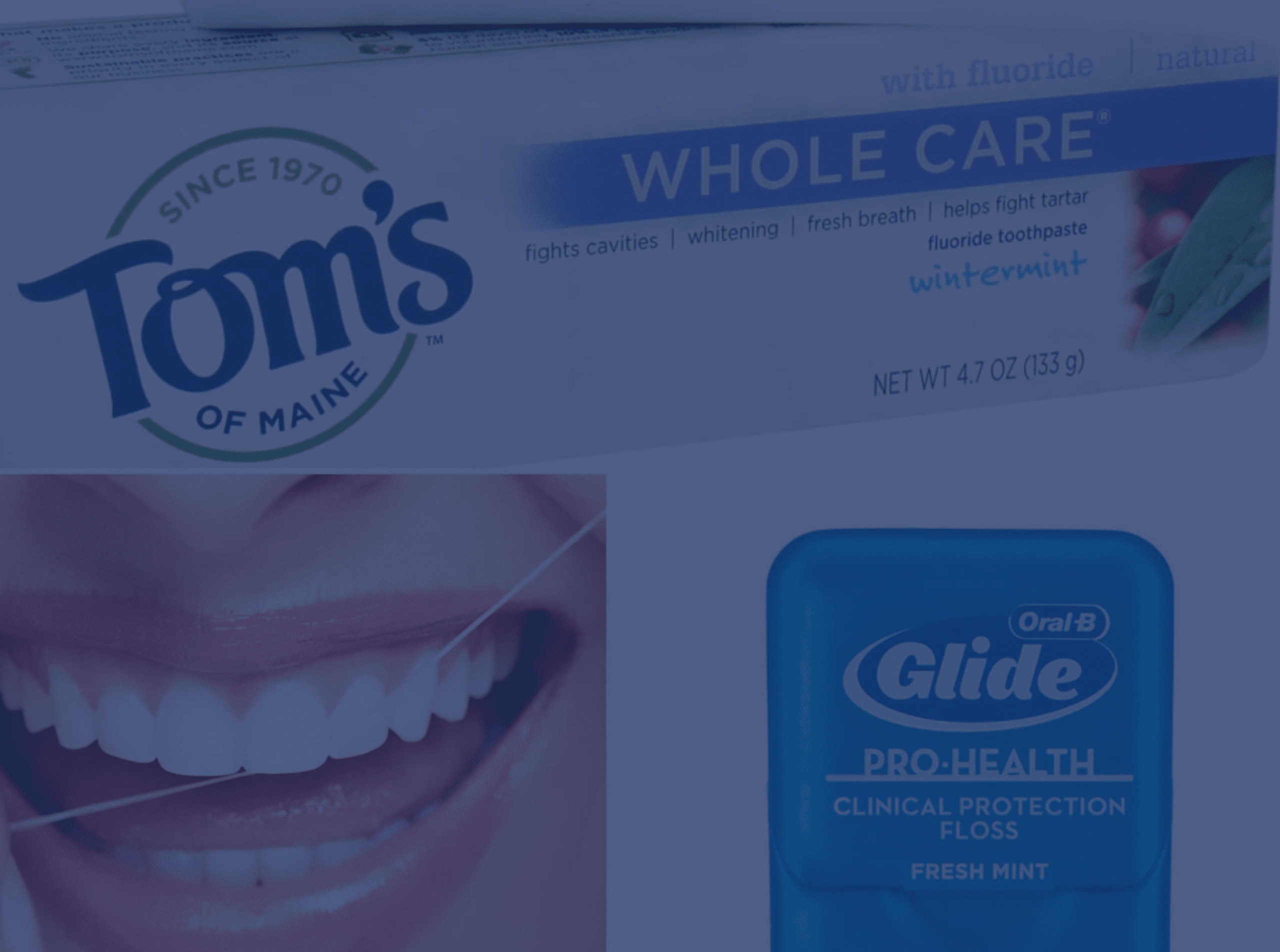Sleep breathing disorders affect millions of Americans, yet many cases go undiagnosed for years. While you might assume these conditions fall solely under the domain of sleep specialists, your dental team actually serves as a crucial first line of defense in identifying potential sleep-related breathing issues. During routine dental examinations, we can spot telltale signs that may indicate underlying sleep disorders, allowing for earlier intervention and better health outcomes.
At Northern Westchester Dental Care, our comprehensive approach to dental sleep medicine reflects our commitment to whole body dentistry. Our experienced team understands the intricate connections between oral health and overall wellness, particularly when it comes to sleep breathing disorders. Through careful examination and advanced diagnostic techniques, we help patients in Yorktown Heights and Briarcliff identify potential sleep issues that may be impacting their quality of life.
The Dental Connection to Sleep Breathing Disorders
Your mouth, throat, and airways are intimately connected, making dental professionals uniquely positioned to identify signs of sleep breathing disorders. During routine examinations, we evaluate the size and position of your tongue, the shape of your palate, and the overall structure of your airway. These anatomical features can significantly impact breathing patterns during sleep.
Sleep apnea affects over 22 million Americans, yet many individuals remain unaware they have this condition. We often notice signs such as worn tooth surfaces from nighttime grinding, enlarged tongues, or scalloped tongue edges that press against teeth. Additionally, patients with narrow palates or crowded airways may be at higher risk for sleep-related breathing difficulties.
Our holistic dentistry approach allows us to consider how sleep breathing disorders might be affecting your overall health, from cardiovascular concerns to daytime fatigue and concentration issues. These conditions don’t just impact sleep quality – they can contribute to high blood pressure, heart disease, diabetes, and even stroke when left untreated.
Warning Signs We Look for During Examinations
Several oral and facial indicators can suggest the presence of sleep breathing disorders. We carefully examine the throat and airway space, looking for enlarged tonsils, a long soft palate, or a large uvula that might obstruct breathing during sleep. The position and size of your jaw also play crucial roles in maintaining open airways.
Tooth wear patterns often reveal nighttime grinding or clenching, which frequently accompanies sleep breathing disorders. We also assess gum health, as mouth breathing during sleep can lead to dry mouth and increased risk of gum disease. Red or inflamed throat tissues may indicate chronic mouth breathing or airway irritation.
Facial structure evaluation is another important component of our assessment. We examine jaw development, bite alignment, and facial symmetry, as these factors can influence airway size and breathing patterns. Our TMJ-TMD evaluations also consider how jaw positioning might affect breathing during sleep.
Beyond physical examination, we also discuss symptoms with our patients. Common complaints that may indicate sleep breathing disorders include chronic morning headaches, excessive daytime sleepiness, difficulty concentrating, and irritability. Many patients report that their partners have observed loud snoring or periods where breathing stops during sleep.
Advanced Diagnostic Tools and Assessment
Our practice utilizes advanced diagnostic tools to better assess potential sleep breathing issues. Digital imaging allows us to evaluate airway dimensions and identify structural abnormalities that might contribute to breathing difficulties. We also use specialized questionnaires to help identify patients at risk for sleep disorders.
When necessary, we may recommend home sleep testing or refer patients to sleep specialists for comprehensive sleep studies. These diagnostic tools provide detailed information about breathing patterns, oxygen levels, and sleep quality throughout the night. Understanding these patterns helps us develop more effective treatment strategies.
Collaborative Treatment Approaches
When we identify potential signs of sleep breathing disorders, we work closely with sleep specialists and other healthcare providers to ensure comprehensive care. This collaborative approach ensures you receive appropriate diagnostic testing and treatment options tailored to your specific needs.
Treatment may involve custom oral appliances designed to keep airways open during sleep. These devices can be particularly effective for patients with mild to moderate sleep apnea or those who cannot tolerate CPAP machines. We also provide guidance on sleep hygiene practices and lifestyle modifications that may improve breathing patterns.
For some patients, addressing underlying dental issues, such as bite problems or jaw misalignment, can contribute to improved sleep breathing. Our comprehensive treatment planning takes into account all factors that may be affecting your sleep quality and breathing patterns. In some cases, orthodontic treatment may help expand airways and improve breathing.
Taking the Next Step Toward Better Sleep
Recognizing the signs of sleep breathing disorders is just the beginning of your journey toward better sleep and improved health. If you’ve been experiencing symptoms such as chronic fatigue, morning headaches, or if your partner has noticed loud snoring or breathing interruptions during sleep, a dental evaluation could provide valuable insights.
Our team at Northern Westchester Dental Care combines years of experience with advanced training in sleep dentistry to provide thorough assessments and personalized treatment recommendations. We understand that quality sleep is essential for overall health and well-being, and we’re committed to helping you achieve the restful sleep you deserve. To schedule a comprehensive evaluation or learn more about our sleep dentistry services, call us at 914-245-3103 or contact us today.


